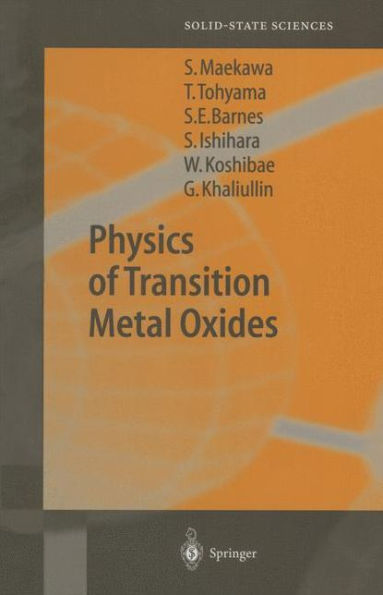5
1
9783642059636



Physics of Transition Metal Oxides / Edition 1 available in Hardcover, Paperback

Physics of Transition Metal Oxides / Edition 1
- ISBN-10:
- 3642059635
- ISBN-13:
- 9783642059636
- Pub. Date:
- 12/07/2010
- Publisher:
- Springer Berlin Heidelberg
- ISBN-10:
- 3642059635
- ISBN-13:
- 9783642059636
- Pub. Date:
- 12/07/2010
- Publisher:
- Springer Berlin Heidelberg

Physics of Transition Metal Oxides / Edition 1
$219.99
219.99
In Stock

Product Details
| ISBN-13: | 9783642059636 |
|---|---|
| Publisher: | Springer Berlin Heidelberg |
| Publication date: | 12/07/2010 |
| Series: | Springer Series in Solid-State Sciences , #144 |
| Edition description: | Softcover reprint of hardcover 1st ed. 2004 |
| Pages: | 340 |
| Product dimensions: | 6.10(w) x 9.25(h) x 0.24(d) |
From the B&N Reads Blog
